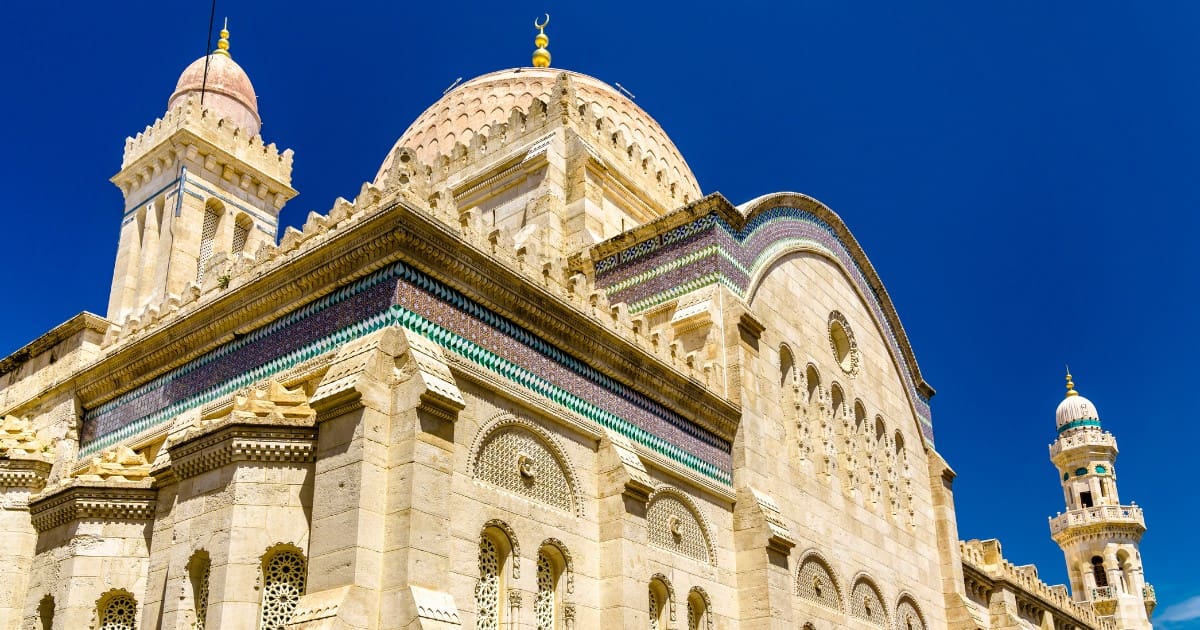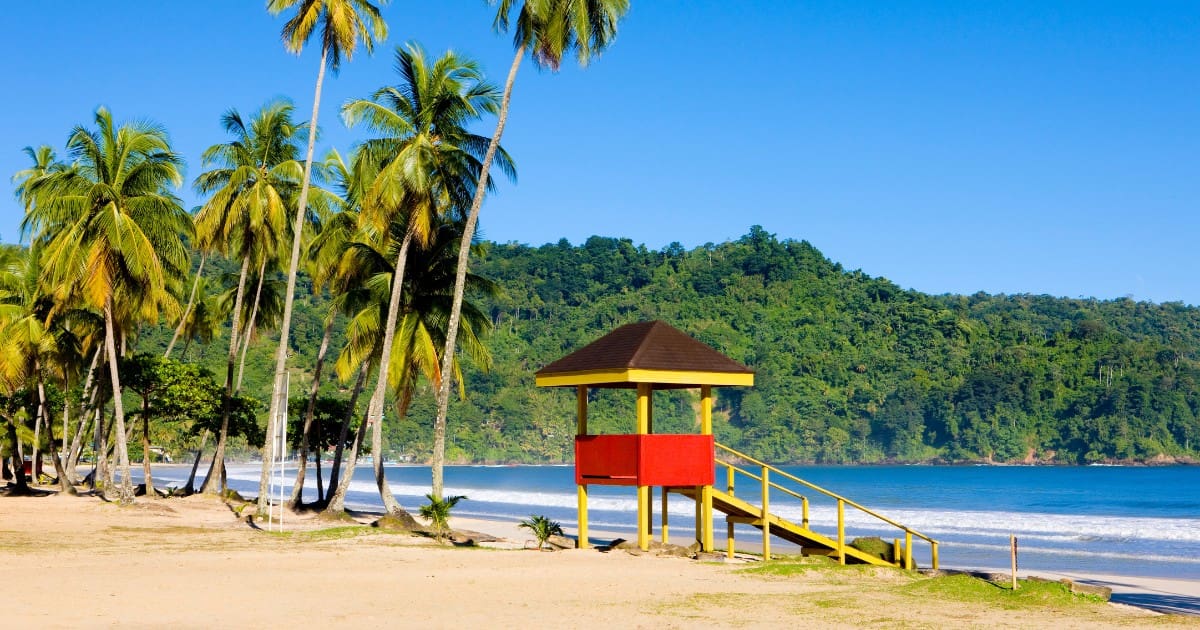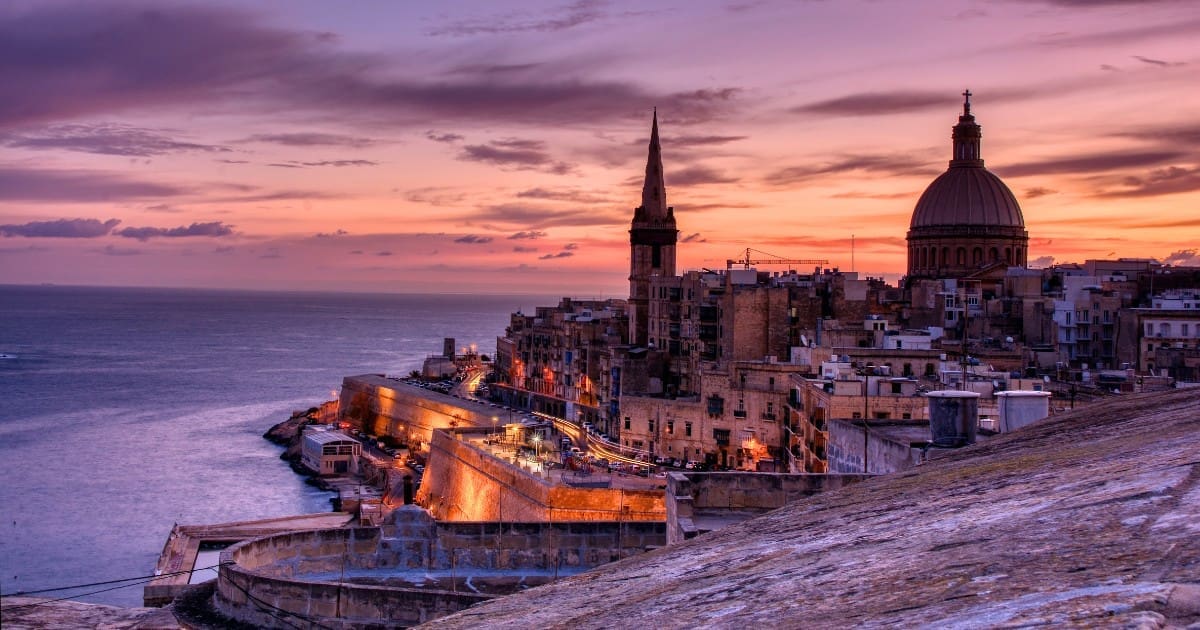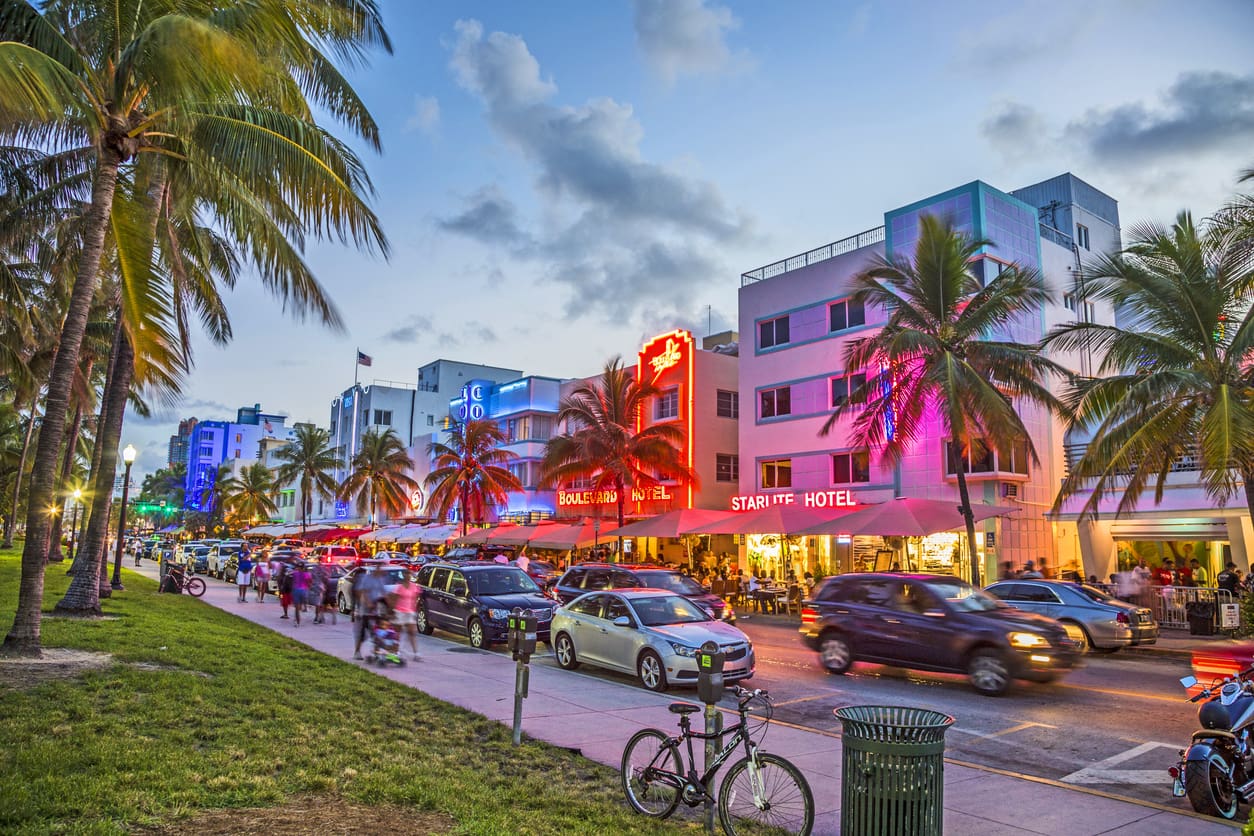If you’re looking for an adventure that’s full of history, culture, and mystery, then you’ve gotta check out the Casbah of Algiers. It’s a UNESCO World Heritage Site that’ll leave you in awe. I’ve explored its winding streets and discovered its secrets, and I can’t wait to share everything you need to know to make the most of your visit.
Where is the Casbah of Algiers Located?
You’ll find Casbah right in the heart of Algiers, the capital city of Algeria. It’s an ancient citadel that’s been around for centuries and is a true testament to the region’s rich history and culture. When I first laid eyes on it, I couldn’t believe how stunning it was.
Take a look and browse the map below to see Casbah’s exact location and its most popular sites to visit.
How to Get to Casbah Algiers?
Visiting the historic Casbah of Algiers is a must for history and culture enthusiasts. Here are the best ways to reach this iconic destination from both the city center and the airport.
| Starting Point | Transportation Mode | Route | Frequency | Duration | Cost |
|---|---|---|---|---|---|
| Algiers City Center | Subway | Les Fusillés to Tafourah – Grande Poste | Every 5 minutes | 5 minutes | $1 |
| Algiers City Center | Bus | Hotel Es-Safir to Place de Martyrs | Every 30 minutes | 2 minutes | $1 |
| Algiers City Center | Taxi | Direct | – | 2 minutes | $1 – $2 |
| Algiers Airport (ALG) | Train | Airport to Agha station | Hourly | 20 minutes | $1 |
| Algiers Airport (ALG) | Bus | Airport to Place de Martyrs | Every 30 minutes | 30 minutes | $2 – $39 |
| Algiers Airport (ALG) | Taxi | Direct | – | 20 minutes | $8 – $11 |
If you’re traveling from Morocco to Algeria, the best option is to fly. You can fly from Tangier (TNG) or Marrakech (RAK) to Algiers (ALG). Alternatively, you can drive from Casablanca to Port de Tanger Med, take the car ferry to Port of Algeciras, and then drive to Algiers.
Why is the Casbah of Algiers a UNESCO World Heritage Site?

So, why did UNESCO give the Casbah its stamp of approval in 1992? Well, it’s a perfect example of a traditional human settlement that showcases the deep Mediterranean Muslim culture.
Casbah has a mix of different traditions, with the remains of the citadel, ancient mosques, Ottoman palaces, and traditional urban structures all tied together by a strong sense of community.
- The Casbah represents a profound Mediterranean Muslim culture.
- It encompasses a synthesis of numerous traditions.
- The citadel, mosques, palaces, and urban structures are associated with a strong community spirit.
How Has the Casbah of Algiers Influenced Architecture?
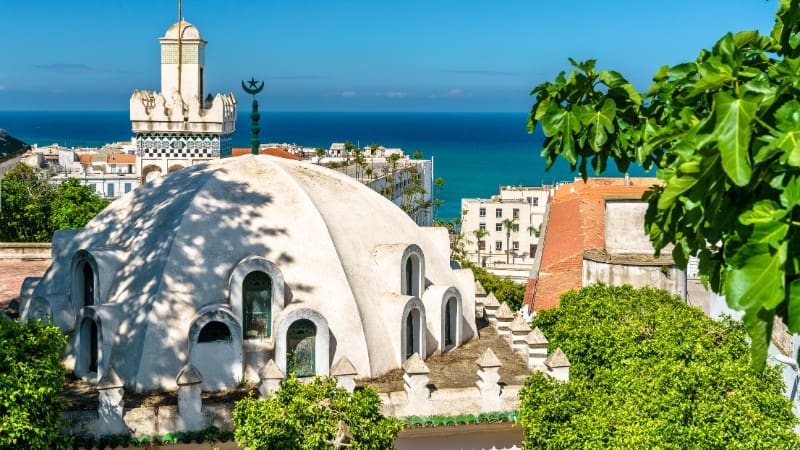
The Casbah has had a huge impact on the way cities and towns are designed in North Africa, Andalusia, and even sub-Saharan Africa. During the 16th and 17th centuries, it was the model for how people could live together, blending ancestral lifestyles and Muslim customs with other traditions.
- The Casbah served as a model for urban planning and architecture.
- Its influence extended to sub-Saharan Africa.
- It demonstrates a unique blend of ancestral lifestyles and Muslim customs.
I find it fascinating how this one place has had such a far-reaching impact on architecture and urban planning.
Is the Casbah of Algiers Well-Preserved?
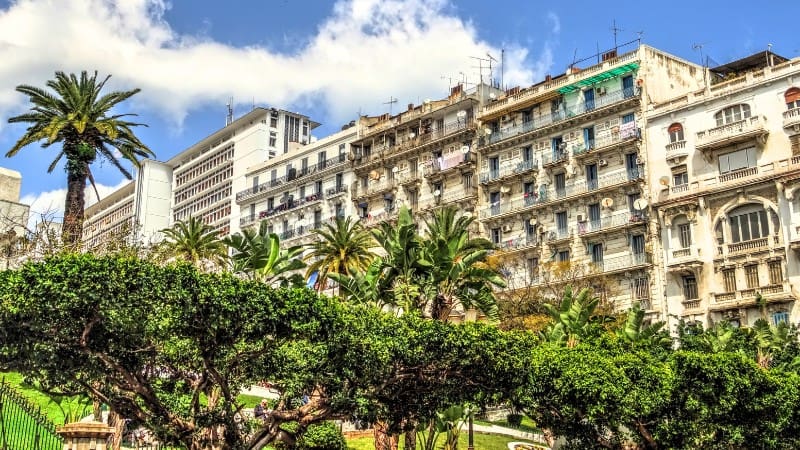
Now, you might be wondering if the Casbah has stood the test of time. Despite some changes and the risk of earthquakes, it’s managed to keep its integrity.
The way it looks, the materials used, and the architectural elements all stay true to their original aspects. That’s why UNESCO added it to the World Heritage List in the first place.
The fact that people still live there has made the site even stronger and helped preserve its image. The restoration work being done as part of the Safeguarding and Valorisation Plan follows local and national standards, which helps maintain the site’s integrity.
- The Casbah’s authenticity is evident in its dense urban planning and traditional materials like earthen bricks, lime rendering, stone, and wood.
- Ongoing restoration work adheres to local and national standards.
- Traditional architectural skills, particularly in building and decoration, contribute to its Outstanding Universal Value.
But it’s not just about the buildings. The Casbah is also incredibly authentic in terms of its layout, the materials used, and how people use it for living, trading, and worship.
And the fact that traditional architectural skills have survived is a huge plus in supporting the Casbah’s Outstanding Universal Value.
What is the History of the Casbah of Algiers?

Alright, let’s dive into the fascinating history of Casbah. It’s a long story that spans centuries, and I can’t wait to share it with you.
What are the Origins and Early History of the Casbah?
The Casbah’s story starts way back in the 6th century BC when the Phoenicians set up a trading post on the site. Over time, it turned into a Roman town called Icosium, but it wasn’t until the 10th century that the Casbah as we know it today really started to take shape.
- The Phoenicians were among the earliest settlers in the area in the 6th century BC.
- The Casbah was built on the ruins of the ancient Roman town of Icosium.
- It began to develop its distinct identity in the 10th century.
What Happened in the Casbah During the Medieval Period and Ottoman Era?
During medieval times, the Casbah was built on the ruins of old Icosium. It was a city on a hill, split into the “High City” and “Low City.” But it was during the Ottoman era that things really started to change in terms of architecture and culture.
- The Casbah was divided into distinct upper and lower sections.
- Ottoman rule from the 16th to the 19th century brought significant architectural and cultural changes.
- Notable examples include the Ketchaoua Mosque (built in 1794) and Ali Bitchin Mosque (built in 1623).
You’ve got stunning examples of Ottoman architecture, like the Ketchaoua Mosque with its soaring minarets and intricate tilework, and the Ali Bitchin Mosque with its beautiful courtyard and fountain. These mosques are just a couple of the many architectural treasures you’ll find in the Casbah.
How Did French Colonial Rule Impact the Casbah?
When the French took over Algeria in 1830, they didn’t exactly treat the Casbah with the respect it deserved. They destroyed and converted a lot of the religious buildings for their own non-Islamic purposes. In 1839, the French governor even moved into the Dar Hassan Pacha palace like it was no big deal.
- Many religious buildings were destroyed or converted by the French during their colonial rule (1830-1962).
- The Dar Hassan Pacha palace was occupied by the French governor in 1839.
- Napoleon III and Eugénie de Montijo visited the Casbah in 1860.
But it wasn’t all bad news. Napoleon III and his wife, Eugénie de Montijo, paid a visit to the Casbah in 1860. I can only imagine what it must have been like to witness that historic moment!
What Role Did the Casbah Play in the Algerian War of Independence?
Fast forward to the Algerian War of Independence (1954-1962), and the Casbah found itself at the very heart of the struggle. It became the headquarters for the National Liberation Front (FLN), and key figures like Ali la Pointe and Hassiba Ben Bouali emerged as heroes of the resistance.
- The Casbah was a crucial stronghold for the FLN during the war from 1954-1962.
- Ali la Pointe, Hassiba Ben Bouali, and others became symbols of the resistance.
- The narrow streets and dense layout of the Casbah proved advantageous for guerrilla warfare against French forces.
The famous Battle of Algiers was fought in the heart of the Casbah in 1957. The narrow streets and dense layout provided the perfect cover for the insurgents. It was a major turning point in the war and a testament to the bravery and determination of the Algerian people.
What are the Must-See Attractions in the Casbah Algiers?

Oh, where do I even begin? The Casbah is packed with incredible sights and landmarks that you won’t want to miss. From ancient mosques to Ottoman-era palaces, there’s something for everyone.
1. Ketchaoua Mosque
One of my personal favorites is the Ketchaoua Mosque. It’s a stunning white building with soaring minarets and intricate tilework that’ll take your breath away.
Built in 1794, it’s a real gem of Ottoman-Byzantine architecture. And inside, it’s just as beautiful, with a tranquil courtyard and ornate arches. Trust me, you’ve got to see it for yourself.
2. Djama’a al-Djedid Mosque
Another must-see attraction in Casbah Algiers is the Djama’a al-Djedid Mosque, which dates back to the 17th century. It has huge domes and a unique style that’s a testament to the Ottoman influence in the region. Inside, the tilework and calligraphy are just incredible.
3. Sidi Ramdane Mosque
The Sidi Ramdane Mosque is one of the oldest in Algiers, dating back to the 11th century. It’s a beautiful example of Almoravid architecture, with its simple yet elegant design.
And the best part? It’s still an active place of worship, so you can really feel the history and spirituality of the place.
4. Palace of the Dey
But it’s not just about the mosques. The Casbah is also home to some stunning Ottoman-era palaces, like the Palace of the Dey.
Built in the 16th century, it was once home to the Ottoman governors of Algiers. Today, you can explore its lush gardens and ornate rooms and imagine what life was like for the city’s elite.
5. Dar Mustapha Pacha and Dar Aziza
If you’re looking for places to visit in Algeria and are interested in traditional Algerian architecture, you’ve gotta check out some of the old houses in the Casbah, like the Dar Mustapha Pacha and the Dar Aziza.
These beautiful buildings date back to the 16th and 18th centuries, respectively, and are like stepping back in time with their intricate tilework, wooden balconies, and tranquil courtyards.
What is the Cultural Significance of the Casbah?
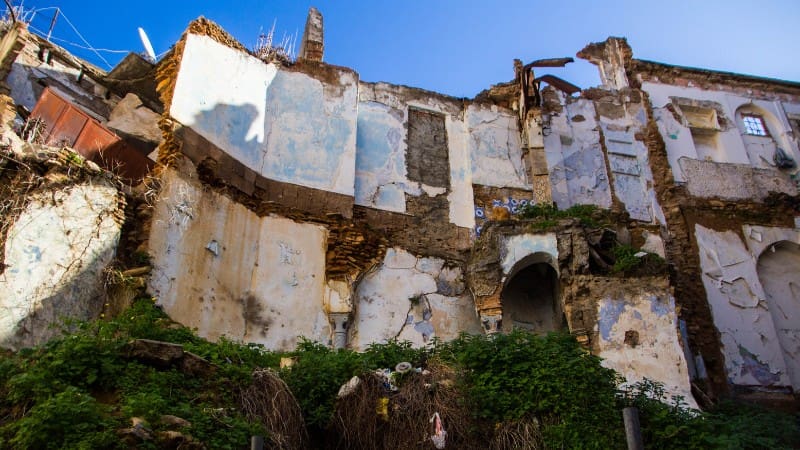
The Casbah isn’t just a bunch of old buildings – it’s a living, breathing embodiment of Algerian culture and identity. For centuries, it’s been the heart and soul of Algiers, a place where people from all walks of life come together to live, work, and celebrate.
A Symbol of Algerian Identity
One of the things that really struck me about the Casbah is the incredible sense of community. Everywhere you go, you’ll see people chatting, laughing, and going about their daily lives. It’s like one big family, and it’s impossible not to feel a part of it.
- The Casbah is a symbol of Algerian resilience and pride.
- It has been a melting pot of cultures and traditions for centuries, including Berber, Arab, Ottoman, and French influences.
- Traditional crafts and trades, such as metalwork, pottery, and weaving, are still practiced in the Casbah today.
That sense of community is reflected in the layout of the Casbah, with its narrow streets and closely packed houses. The whole neighborhood was designed to bring people together and foster that sense of togetherness.
Preserving Algerian Heritage
For centuries, it’s been a melting pot of cultures and traditions, a place where Berber, Arab, Ottoman, and French influences have all left their mark. You can still see those influences in everything from the architecture to the food to the music.
Speaking of traditions, the Casbah is still a place where traditional crafts and trades are kept alive. You’ve got metalworkers, potters, weavers—all these artisans who are keeping the old ways alive and passing them down to the next generation.
Why is Preserving the Casbah Important?
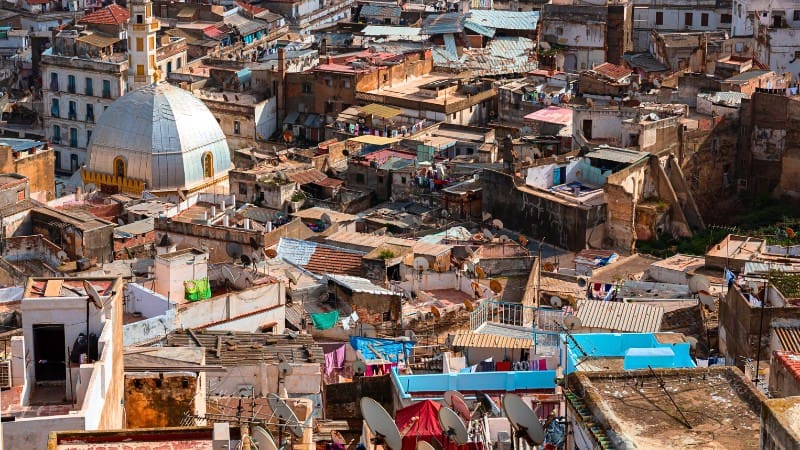
Okay, so we’ve talked a lot about how amazing the Casbah is – but it’s not in the best shape right now. Years of neglect and overcrowding have taken their toll, and a lot of the buildings are in serious need of repair.
Safeguarding Unique Cultural Heritage
Preserving the Casbah isn’t just about saving some old buildings. It’s about preserving a whole way of life, a unique cultural heritage that’s unlike anything else in the world.
- The Casbah is a unique example of Arabo-Muslim architecture and urban planning.
- Preserving the Casbah means safeguarding traditional skills and craftsmanship passed down through generations.
- Restoration efforts aim to improve living conditions while maintaining the Casbah’s historic character.
Think about it—the Casbah is one of the last remaining examples of traditional Arabo-Muslim architecture and urban planning. It’s proof of centuries of history and cultural exchange, and we can’t afford to lose it.
Supporting Local Communities
And it’s not just about the buildings themselves. It’s about the people who live there, the artisans and craftsmen who are keeping traditional skills alive.
Thankfully, there are some great restoration efforts underway to save the Casbah. The goal is to improve living conditions for the people who call it home while still maintaining the neighborhood’s unique character and charm.
What Challenges Does the Casbah Face Today?
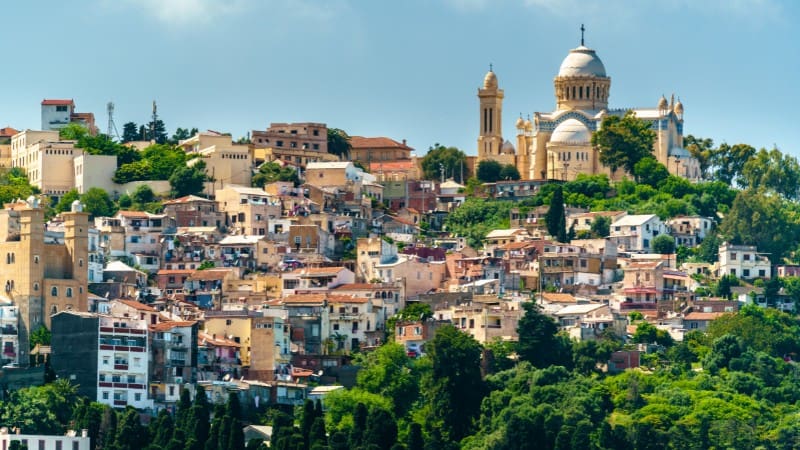
Even with all these restoration efforts, the Casbah still faces some serious challenges. One of the biggest issues is overcrowding. There are so many people living in such a small space that it puts a huge strain on the infrastructure and the buildings themselves.
- Overcrowding puts a strain on the Casbah’s infrastructure and buildings, with an estimated 50,000 residents in an area of just 105 acres.
- Many residents face poverty and lack access to basic services like running water and electricity.
- The narrow layout of the Casbah can make access and transportation difficult, especially for emergency services.
Poverty is also a real problem in Casbah. Many people living in the Casbah struggle to make ends meet, and they don’t always have access to basic services like healthcare and education. It’s a tough situation, and it needs to be addressed if the Casbah is going to have a future.
Navigating the Casbah’s Labyrinthine Layout
Another challenge is just the sheer density and complexity of the Casbah’s layout. Those narrow, winding streets might be charming, but they can also make it really tough to get around, especially for emergency services or deliveries.
It’s a logistical nightmare, and it’s something that planners and architects are still trying to figure out.
But despite all these challenges, I remain hopeful for the Casbah’s future. Because at the end of the day, this place is just too special to let disappear.
It’s a one-of-a-kind treasure, a living monument to Algeria’s rich history and culture. And with the right kind of care and attention, I truly believe that it can thrive for generations to come.
What Safety Tips Should You Keep in Mind When Visiting Casbah?
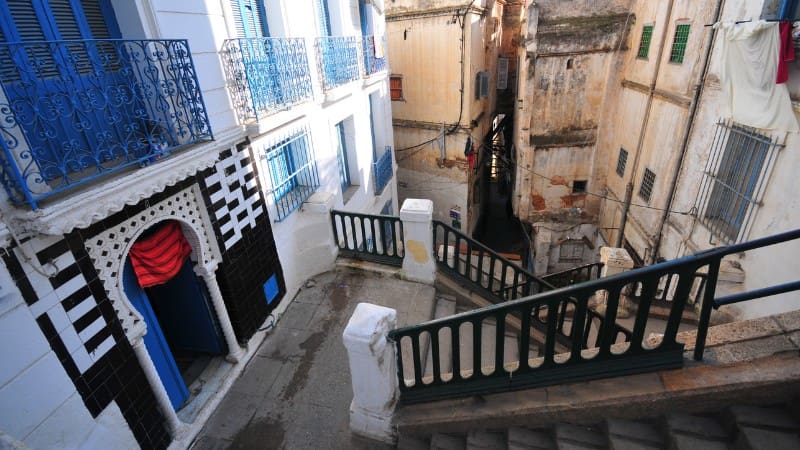
Now, I know what you might be thinking – with all this talk of overcrowding and poverty, is the Casbah even safe to visit? And I get it, it’s a valid concern. But the truth is, with a little common sense and some basic precautions, exploring the Casbah can be a safe and incredible experience.
Be Aware of Your Surroundings
The Casbah’s narrow streets can be a bit of a maze, so it’s easy to get turned around if you’re not paying attention. My advice? Stick to the main routes and don’t wander too far off the beaten path, especially if you’re alone.
- Be mindful of your belongings in crowded areas to avoid pickpocketing, especially in popular tourist spots and markets.
- Dress modestly and respectfully, especially when visiting religious sites like mosques and mausoleums.
- Consider hiring a reputable local guide for added insight and security, but be wary of unofficial “guides” who may try to scam you.
And speaking of being alone, it’s always a good idea to explore the Casbah with a buddy or a group. Not only is it more fun that way, but there’s safety in numbers, you know?
Take Precautions Against Pickpocketing
Like any busy tourist area, the Casbah can be a prime spot for thieves looking to take advantage of distracted visitors. So keep a close eye on your belongings, especially in crowded areas like markets and busy streets.
Dress Respectfully
The Casbah is a predominantly Muslim neighborhood, so that means covering up and avoiding anything too revealing. Lightweight, loose-fitting clothing is your best bet, especially in the heat of the summer.
Hire a Local Guide
If you really want to get the most out of your visit, consider hiring a local guide. Not only will they be able to show you all the hidden gems and share their insider knowledge, but they’ll also help you navigate the Casbah safely and respectfully.
At the end of the day, visiting the Casbah is all about common sense and respect. Be mindful of your surroundings, respectful of local customs and traditions, and avoid unnecessary risks. Do that, and I promise you’ll have an unforgettable experience exploring this incredible corner of Algiers.
Why Should You Visit Casbah Algiers?

Alright, so we’ve covered a lot of ground here – from the Casbah’s fascinating history to its cultural significance to its current challenges. But I want to wrap things up by telling you why I think the Casbah absolutely deserves a spot on your travel destinations.
A Unique and Immersive Experience
Casbah of Algiers is such a unique and special place. There’s really nowhere else in the world quite like it.
This ancient citadel has been shaped by centuries of history and cultural exchange. Walking through its streets and alleys, you really feel like you’re stepping back in time.
- The Casbah offers a one-of-a-kind glimpse into Algerian history and culture.
- It’s an opportunity to witness living traditions and centuries-old ways of life.
- Visiting the Casbah supports local communities and helps preserve cultural heritage for future generations.
And that’s not just because of the architecture and the landmarks – it’s because of the people. The Casbah is a living, breathing community where traditions and ways of life have been passed down for generations.
As a visitor, you have the chance to be a part of that, to connect with locals and learn about their stories and their culture.
To Support Local Communities
But more than that, visiting the Casbah is a way to support that community and help preserve its unique heritage.
By exploring its streets, eating in its restaurants, and shopping in its markets, you’re contributing to the local economy and showing that there’s value in keeping these traditions alive.
And let’s be real – the Casbah is just plain cool. It’s got this raw, gritty energy that you won’t find in many other places. It’s a place of contrasts, where ancient history meets modern life, where poverty and neglect exist alongside incredible beauty and resilience.
So if you’re looking for an adventure that’s off the beaten path, that’s going to challenge and inspire you in equal measure, then the Casbah should absolutely be on your list.
How Can You Make the Most of Your Visit to the Casbah?

Okay, so you’re sold on visiting the Casbah – amazing! But how can you make sure you’re getting the most out of your trip? Here are a few tips to keep in mind:
Embrace the Spirit of Discovery
Come with an open mind and a sense of curiosity. The Casbah is a place that rewards exploration and discovery, so don’t be afraid to wander and see where the day takes you. Strike up conversations with locals, try new foods, and just soak up the atmosphere.
- Take your time and allow yourself to get lost in the Casbah’s winding streets and alleys.
- Be open to new experiences, whether it’s trying traditional Algerian dishes or chatting with locals.
- Engage with the community and learn about their stories, perspectives, and way of life.
That being said, it’s also a good idea to have a rough plan in place. Do a little research beforehand and make a list of the sights and landmarks you don’t want to miss.
That way, you can make sure you’re hitting all the highlights while still leaving room for spontaneity and serendipity.
Time Your Visit
The Casbah comes alive during celebrations like Ramadan or Eid al-Fitr, with special decorations, foods, and traditions. It’s a chance to see the neighborhood in a whole new light and really immerse yourself in the local culture.
- Consider visiting during Ramadan (usually April-May) to experience the festive atmosphere and special traditions.
- Eid al-Fitr, marking the end of Ramadan, is another exciting time to visit and witness the celebrations.
- Check local event calendars for festivals, concerts, and exhibitions happening in the Casbah during your visit.
And finally, don’t forget to take plenty of photos and videos to document your trip. The Casbah is such a visually stunning place, with its vibrant colors, intricate tilework, and historic architecture.
Some Final Practical Tips for Your Casbah Algiers Visit
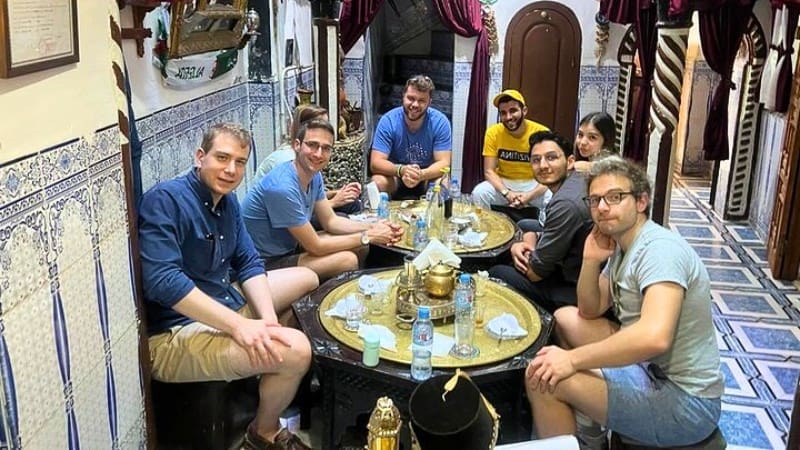
Before I sign off, I just want to leave you with a few practical tips to help you plan your visit to the Casbah:
- The best time to visit Casbah Algiers is during the spring (March-May) or fall (September-November) when the weather is mild and pleasant.
- Most people speak Arabic or French, but you can get by with English in many tourist areas – consider learning a few basic phrases to help you communicate with locals.
- The local currency is the Algerian dinar – be sure to have some cash on hand for smaller purchases and tips.
- Bring comfortable walking shoes and be prepared for lots of stairs and uneven surfaces – the Casbah is a very hilly and densely-built area.
- Don’t forget to pack sunscreen, a hat, and a reusable water bottle – the Mediterranean sun can be intense, especially in the summer months.
And with that, I’ll leave you to start planning your adventure to the Casbah of Algiers. I hope this guide has been helpful and informative, and that it’s given you a sense of just how special and unique this place really is.
What is the meaning of Al Casbah?
Al Casbah means “the fortress” in Arabic. It refers to the old, walled part of a city in North Africa, usually perched on a hill. The name is most famous for the Casbah of Algiers in Algeria, a UNESCO World Heritage Site known for its incredible history, architecture, and culture.
Is it safe to visit Casbah Algiers?
Most guidebooks and locals will tell you the Casbah of Algiers is dangerous, especially at night. Some jokingly say to call your family and say goodbye if you go alone after dark! But in reality, many visitors have had positive experiences exploring the Casbah during the day without issues, as long as they stay cautious and aware of their surroundings.
Who built the Casbah?
The Casbah we see today was mostly built by the Ottomans, who ruled Algeria from the 16th to the 19th century. But history goes back a long way – Berber tribes settled here in the 10th century in the ruins of an ancient Roman town. Over time, the Casbah developed its unique blend of architectural styles.
